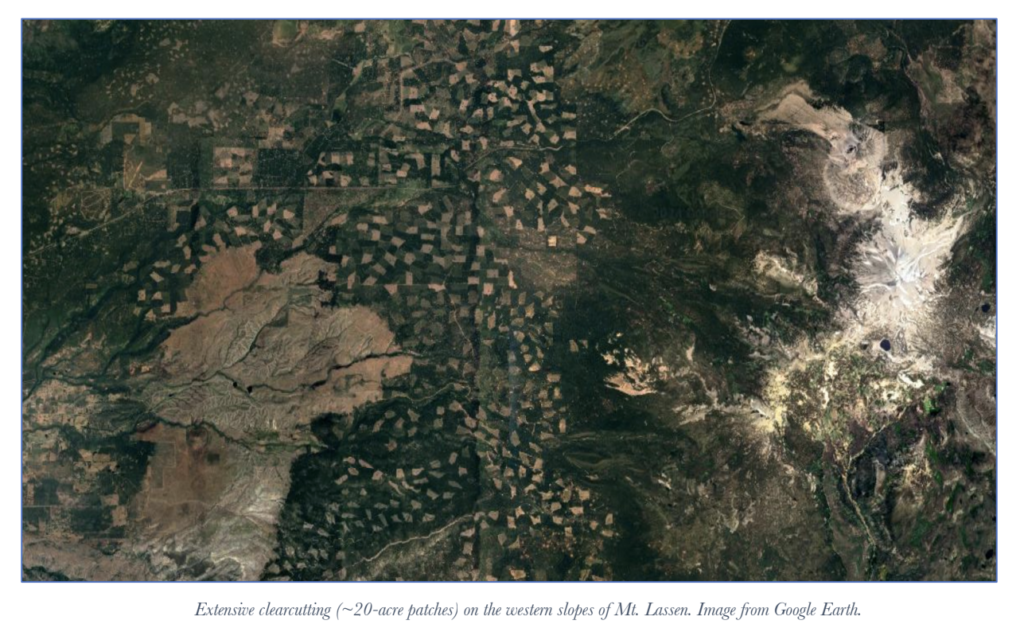
A new report by the Center for Sustainable Economy focuses on two California Counties to expose a critical gap in California’s climate strategy: the unregulated greenhouse gas emissions (GHG) from the state’s logging industry. Despite California’s reputation as a climate leader, California does not monitor GHG emissions from the logging and wood products sector and has no plans to do so. Erroneously assuming that logging-related emissions are offset by future forest growth or the substitution of wood products for more carbon-intensive materials, California ignores the fact that logging practices emit far more carbon than the natural forests they replace, significantly contributing to climate instability.
John Talberth underscores the urgency: “If California wants to preserve its reputation as a climate leader, it is essential for Governor Newsom and other elected officials to reject false narratives that allow Big Timber to overrun the state’s forestlands with intensive logging activities that generate significant greenhouse gas emissions while making the land more susceptible to fire, floods, and heat waves.”
The report estimates that logging and associated road building in Shasta and Siskiyou counties alone emit over 4 million metric tons of CO2 equivalent per year–comparable to the annual emissions from 883,000 gas-powered passenger vehicles. The report calculates that these activities are likely to generate between $487 million and $1.4 billion in climate damages each year, an amount far more than any revenues generated by logging and wood products. Despite this, the state has yet to implement regulations that would account for and curb these emissions.
“Despite its stated intention to achieve carbon neutrality by 2045 and growing support for climate restoration, the State of California does not report or regulate greenhouse gas (GHG) emissions from industrial logging activities. This is because logging-related emissions are simply assumed to be climate neutral – offset by forest growth elsewhere or in the future or by substitution of wood products for more carbon-intensive goods.
“Both assumptions are inconsistent with science and climate policy. Compared to the natural forests they have replaced, landscapes dominated by clearcuts, logging roads, and timber plantations store and sequester less and emit far more carbon. As such, GHG emissions associated with intensive logging activities play a key role in keeping GHG concentrations in the atmosphere far above pre-industrial levels.”This report was contracted by the Battle Creek Alliance of Manton, a SEA-supporting organization. Funding was also aided by SEA, WATER, Shasta Group of Sierra Club, and the Shasta Chapter of California Native Plant Society. These groups will also help distribute this report to organizations and elected officials. We still owe money to the Center for Sustainable Economy and would appreciate any donations you are able to make.
Simply stunning revelation! Letters are in order to send to Governor Newsom.
Often I have wondered about some practices in this county, such as the activities at a company called Wheelabrator. It seems that they are mainly an incinerator for wood scrap, chips and the like. How much GHG does it emit? Is anybody watching?
Comments are closed.